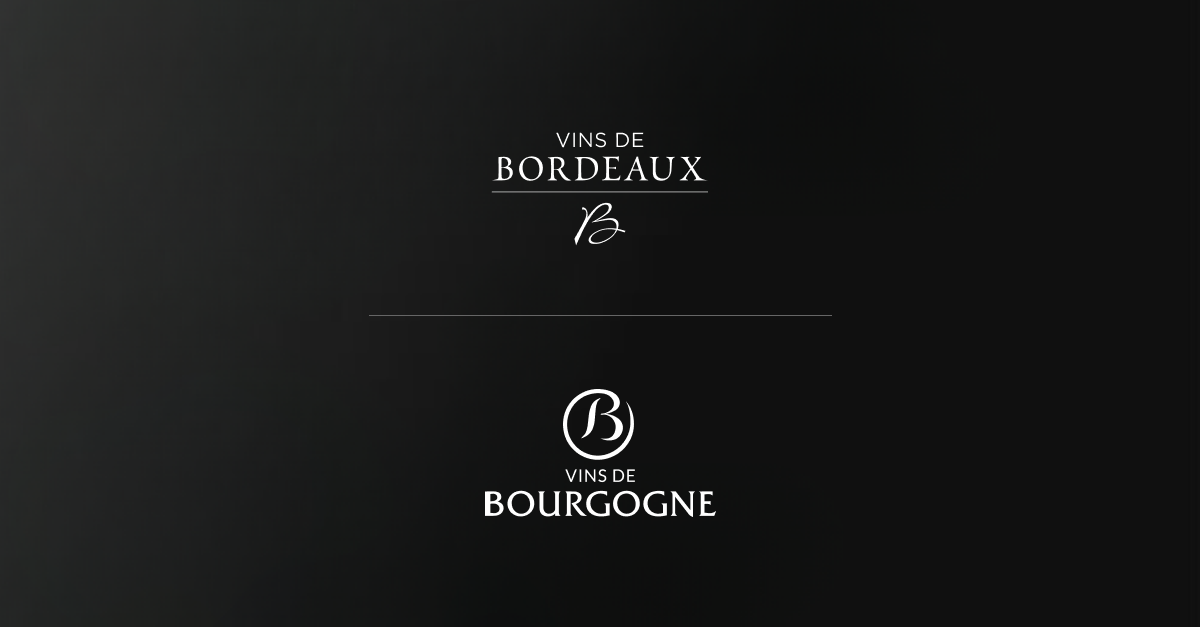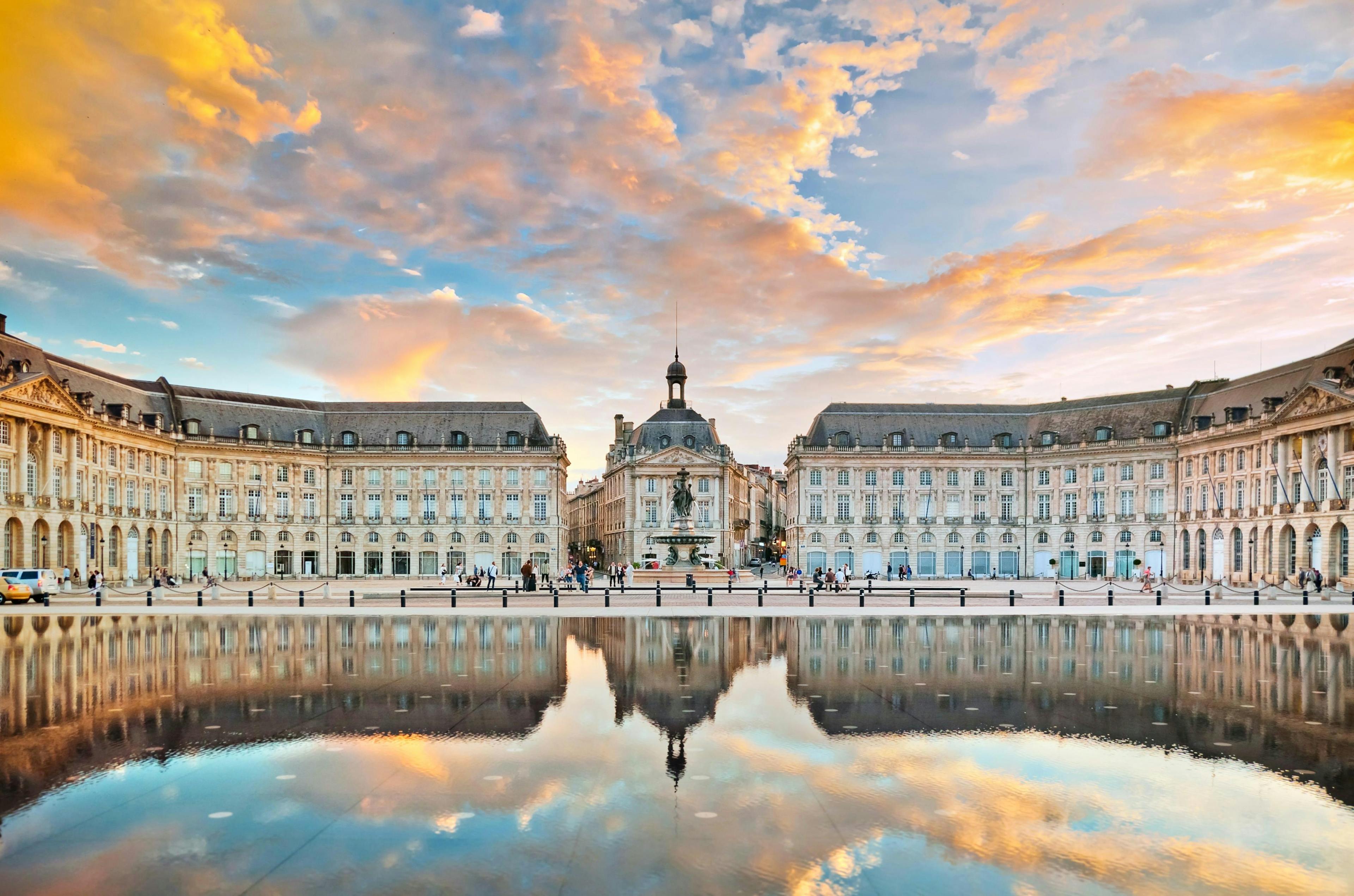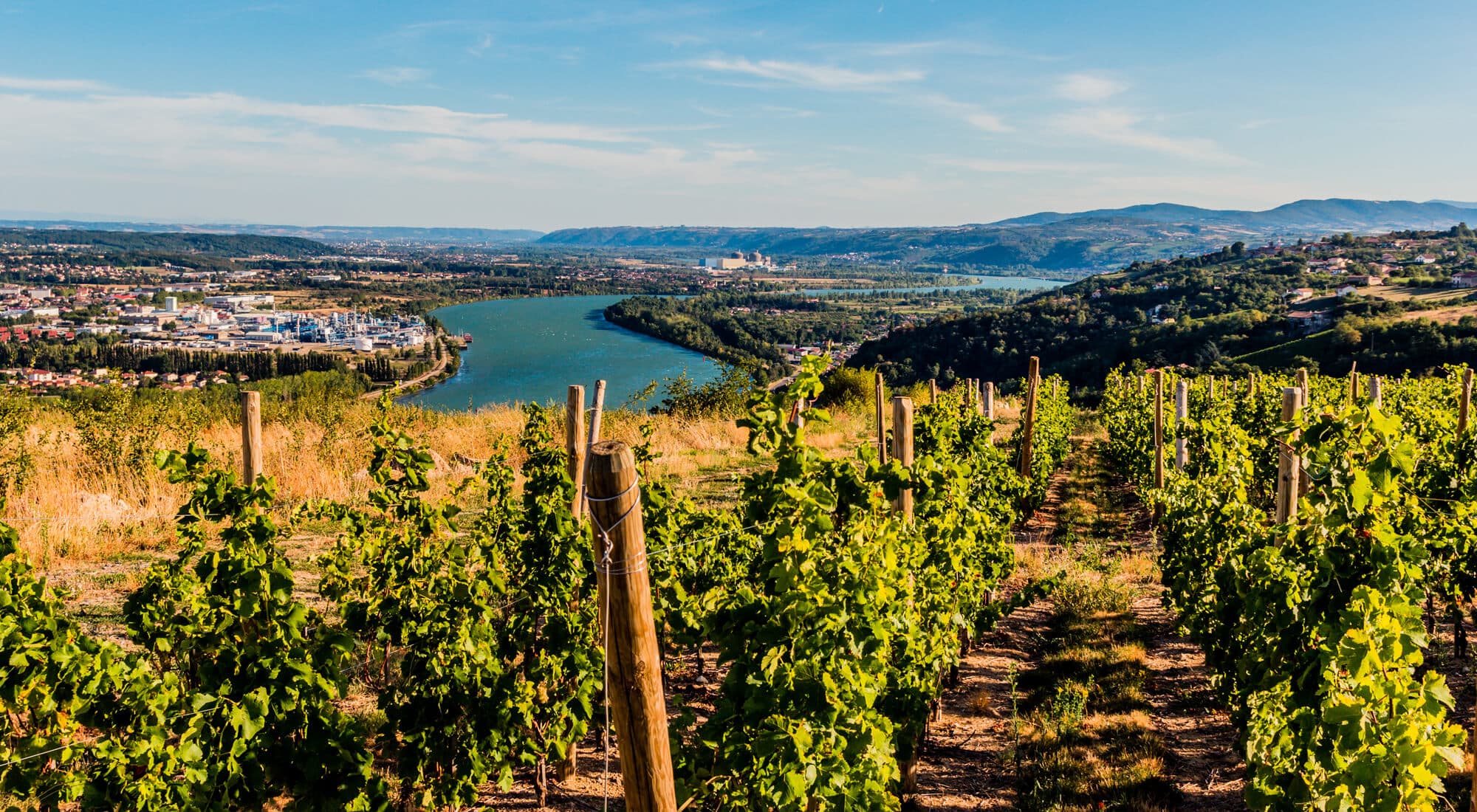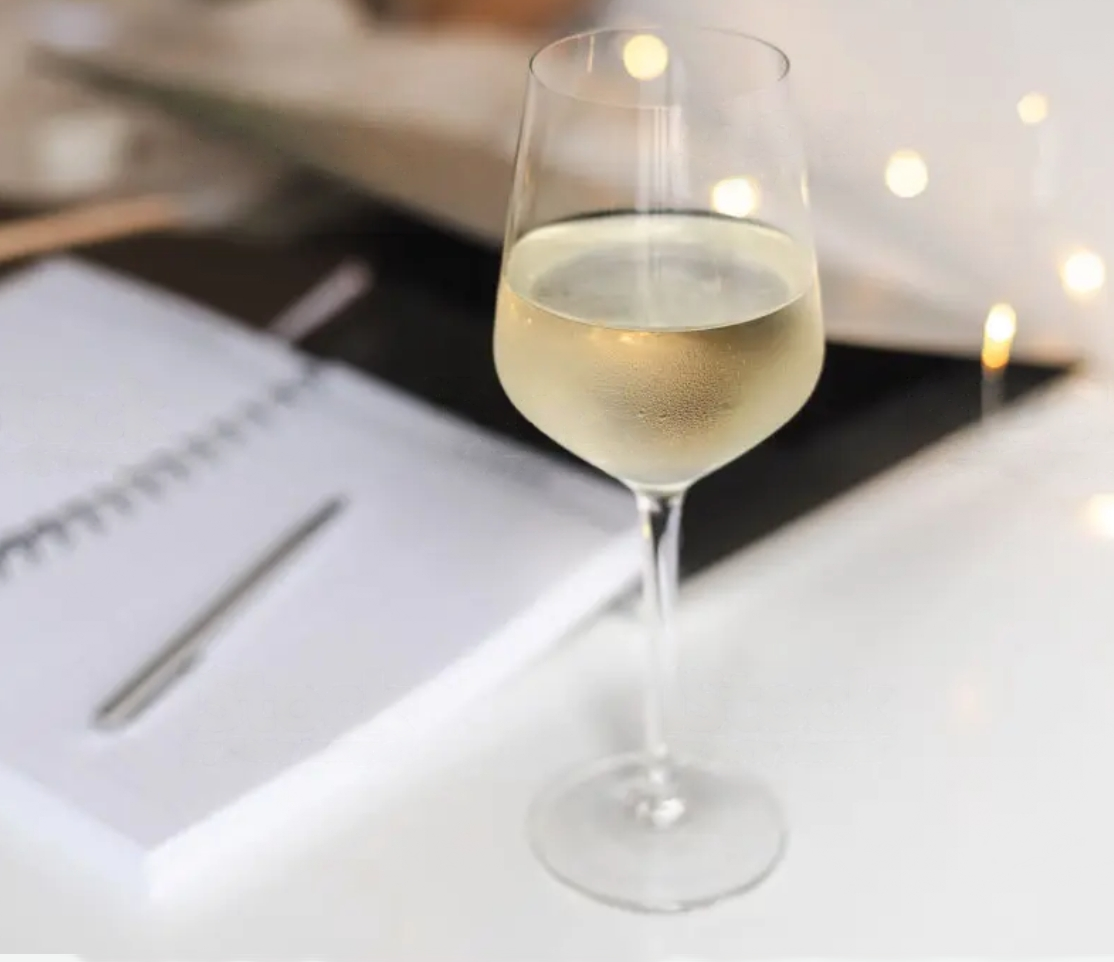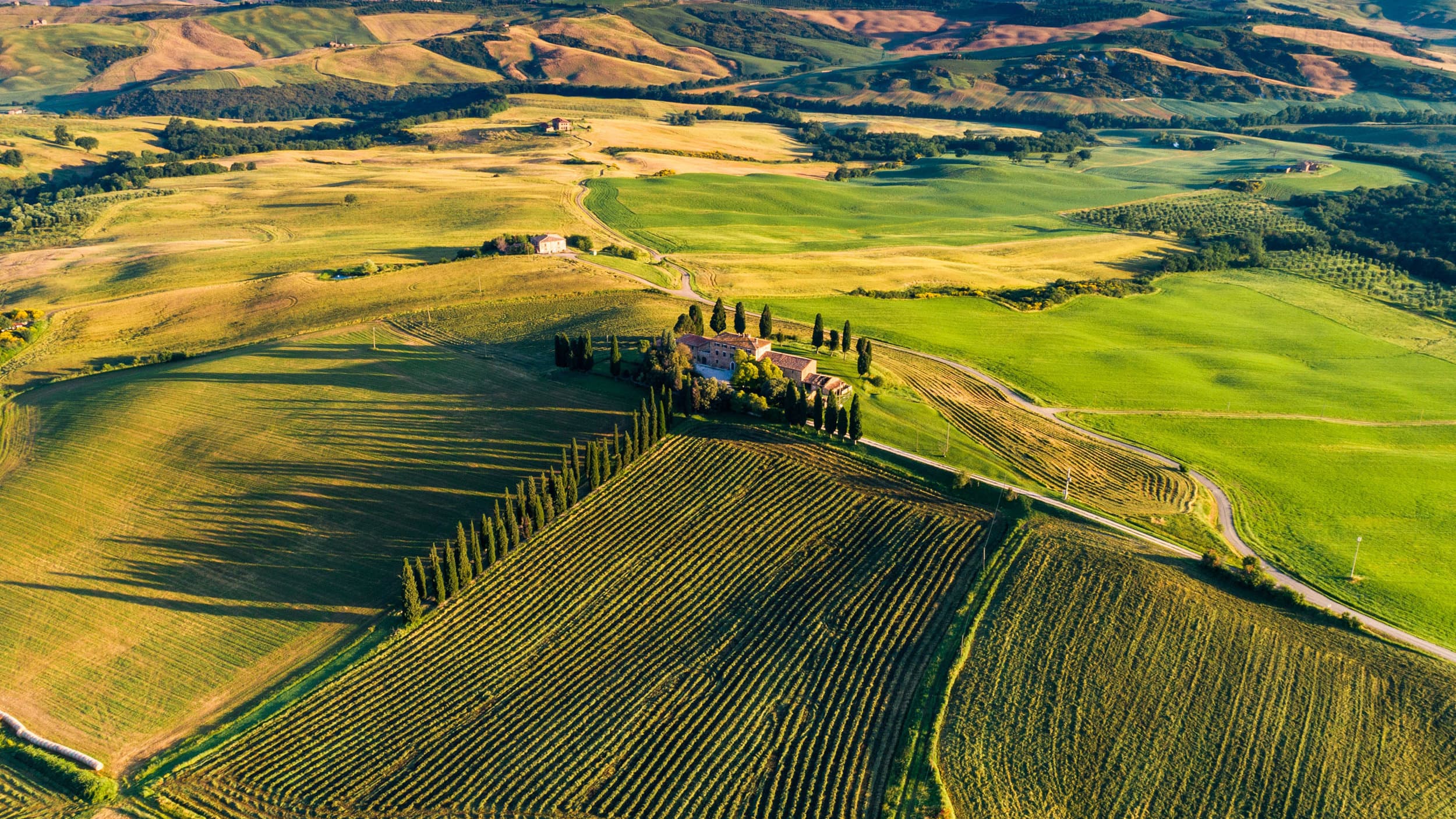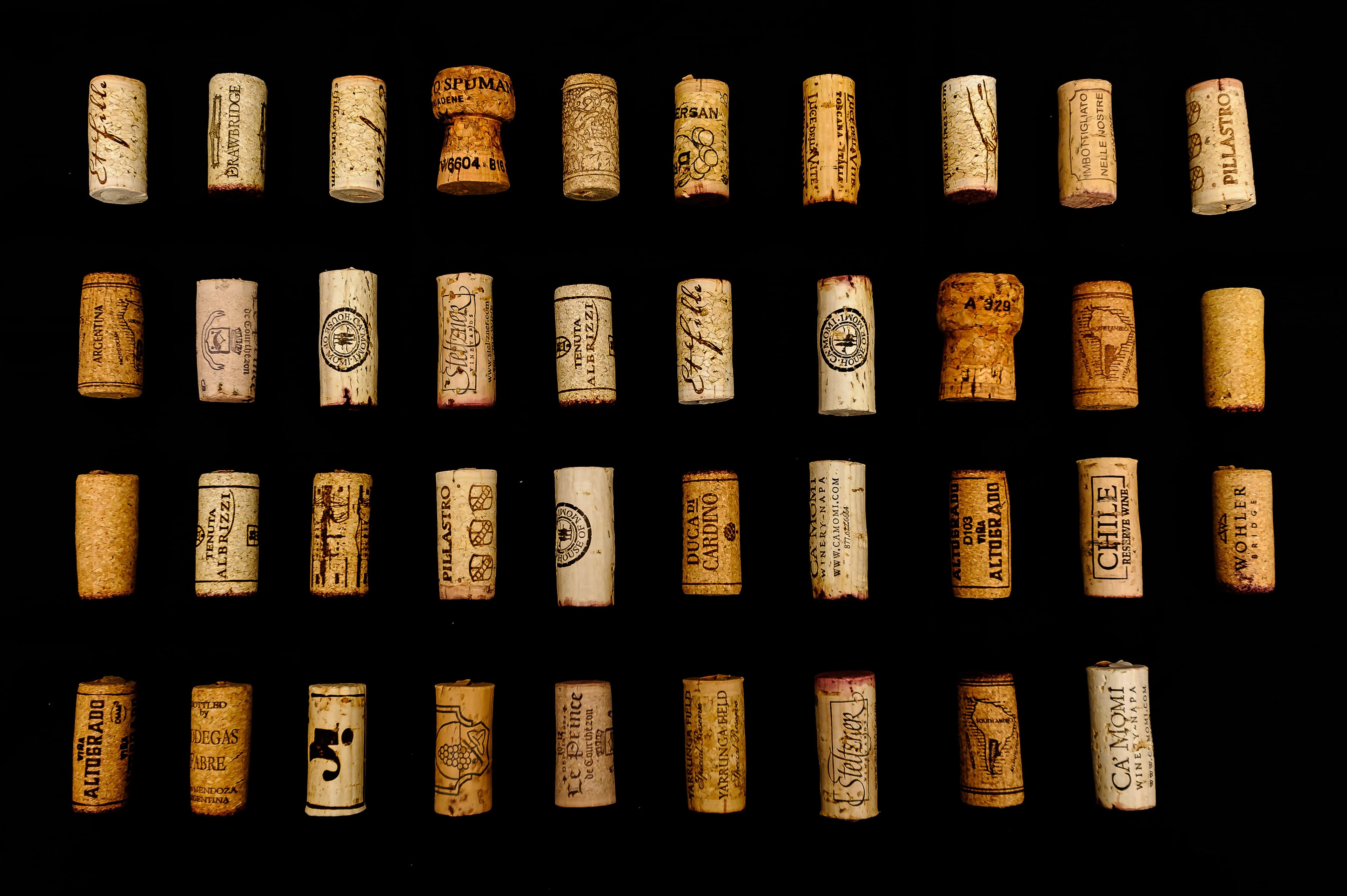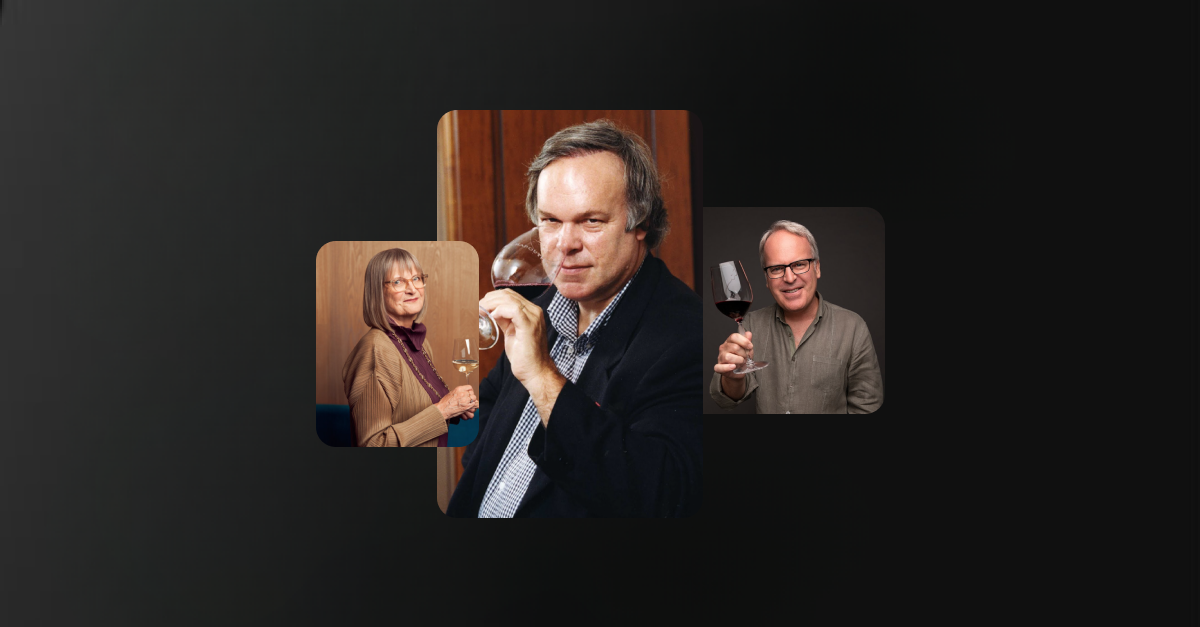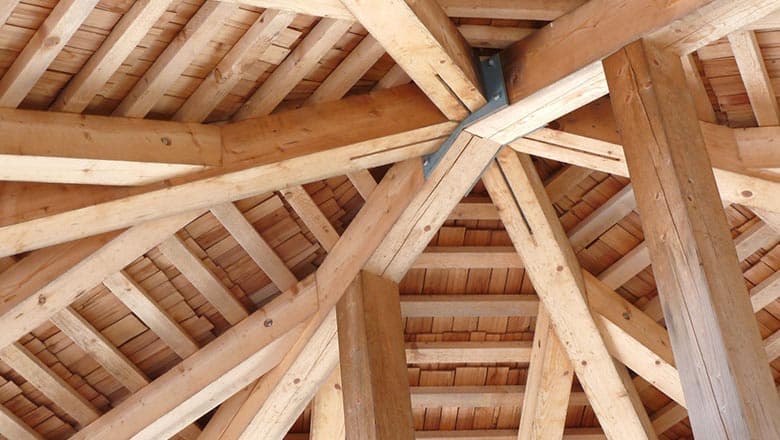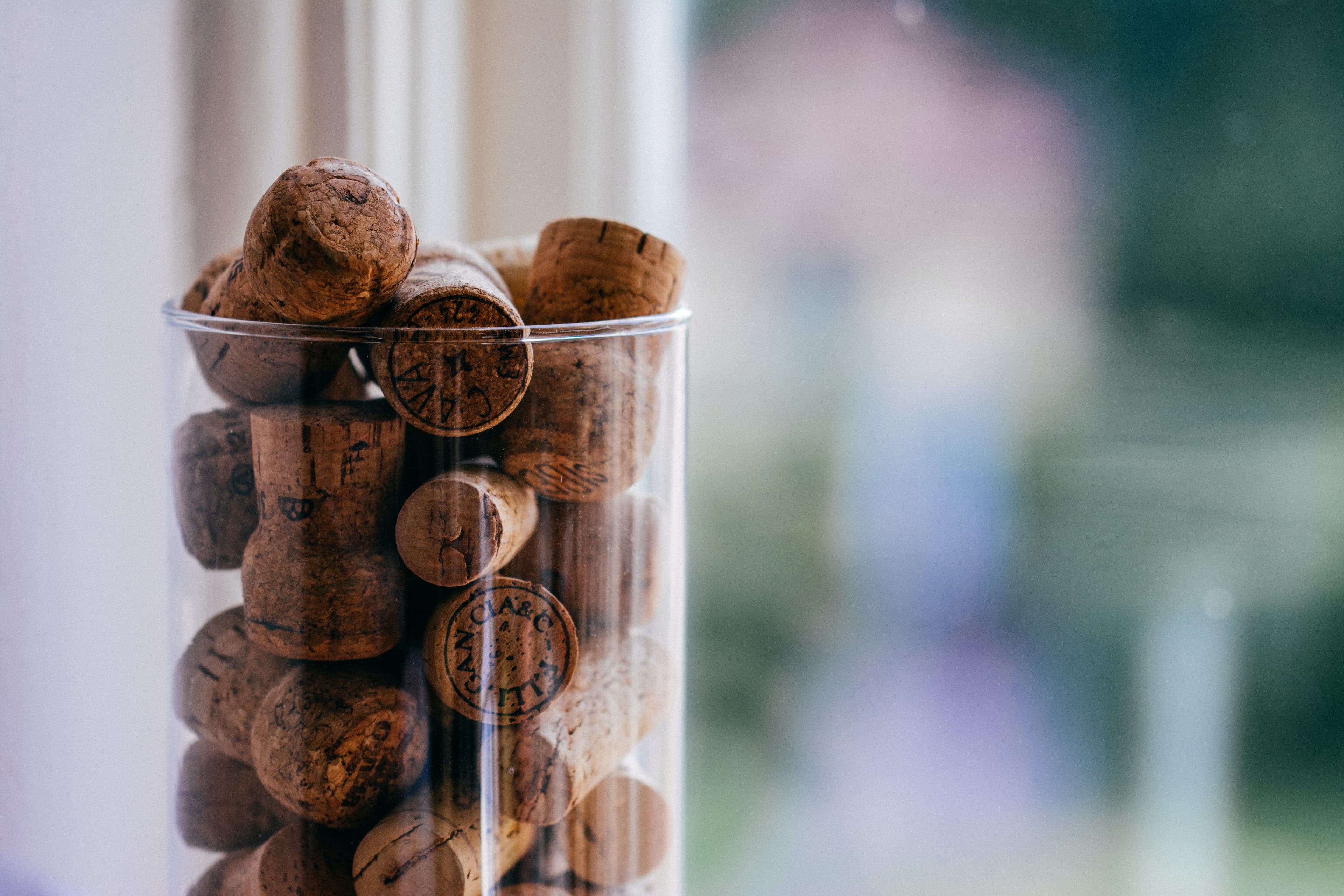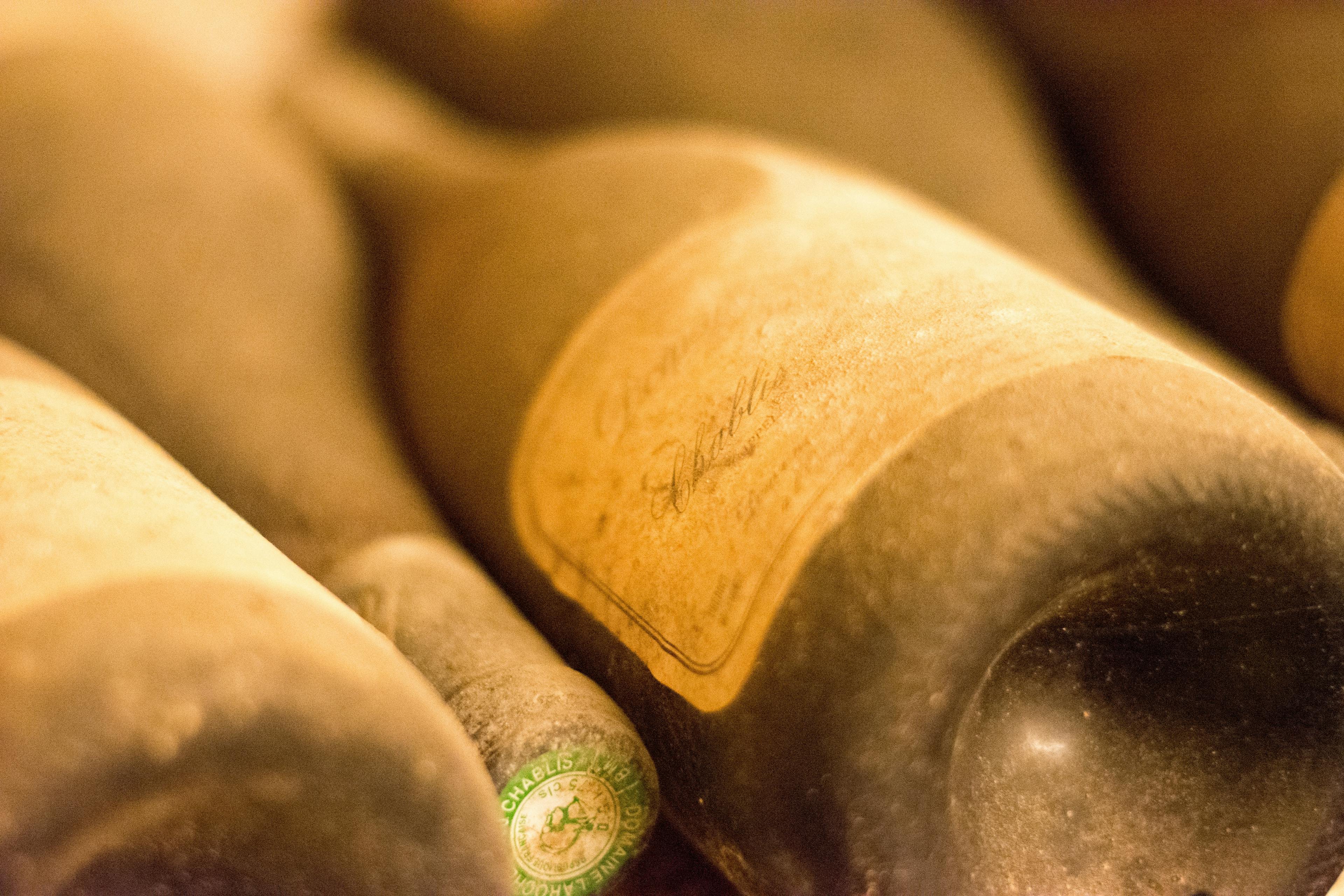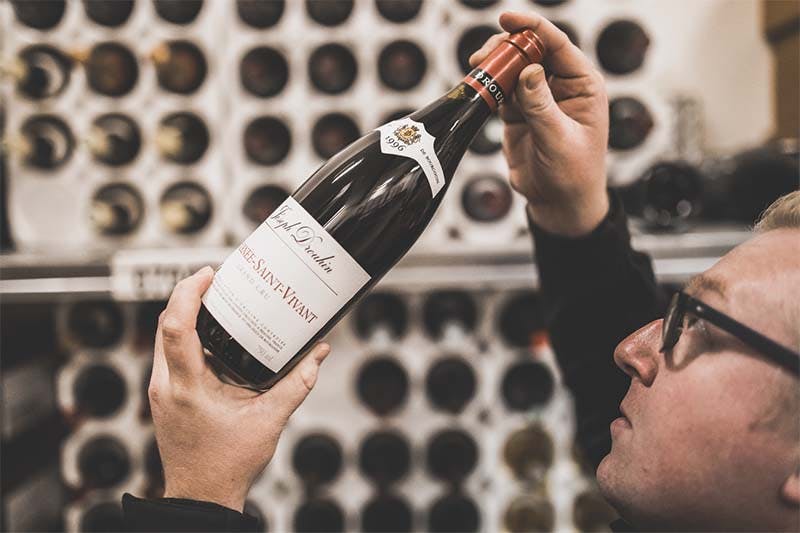
Bollinger, a name synonymous with prestige and quality in the world of champagne, offers a distinctive taste that captivates connoisseurs and casual drinkers alike. This article delves into the sensory experience provided by Bollinger, examining its complex flavor profile, the intricacies of its aroma, and the factors that contribute to its iconic status. Whether you're a seasoned aficionado or new to the world of sparkling wines, understanding how Bollinger stands out from the rest is essential for appreciating its craftsmanship and heritage.
Identifying the Flavor Profile of Bollinger
Exploring the flavor profile of Bollinger reveals a complex and refined palette that is both distinctive and celebrated. This prestigious champagne is known for its rich, robust taste with a perfect balance of fruitiness and nuttiness. Initially, one might detect hints of ripe pear and apple, which gradually evolve into notes of toasted bread, almonds, and a subtle touch of citrus. The depth of Bollinger is further enhanced by its creamy texture and fine, persistent bubbles that create a luxurious mouthfeel.
When considering how to serve Bollinger to best appreciate its intricate flavors, temperature and glassware are crucial. Ideally, it should be chilled to about 10°C. Using a proper champagne flute helps concentrate the aromas, enhancing the tasting experience. Here are a few key characteristics to look for in Bollinger:
Aroma: A bouquet of fresh fruit and spicy undertones.
Body: Full-bodied with a velvety texture.
Finish: Long and lingering with a hint of spice.
Each sip invites a deeper appreciation of its complex character, making Bollinger a favorite among connoisseurs.
The Influence of Terroir on Bollinger's Taste
The influence of terroir on Bollinger's taste is profound, shaping its unique flavor profile that distinguishes it from other champagnes. Terroir refers to the environmental conditions, especially soil and climate, in which grapes are grown. This concept is particularly significant in the Champagne region of France, where Bollinger vineyards are located. The chalky soil and cool climate contribute to the grapes' acidity and minerality, which are pivotal in crafting Bollinger's crisp and vibrant taste.
Soil Composition: Bollinger benefits from the high chalk content in the soil, which provides excellent drainage and reflects sunlight, aiding the ripening process.
Microclimate: The specific climatic conditions of each vineyard affect the character and quality of the grapes. For instance, slight variations in temperature or moisture can alter the balance of sugars and acids in the grapes.
Vineyard Location: Proximity to the River Marne ensures a temperate environment and helps protect the vines from extreme weather conditions.
Understanding how to store Bollinger properly can also influence its taste, preserving the delicate balance of flavors developed by its terroir.
Aging Process and Its Impact on Flavor
The aging process significantly influences the flavor profile of Bollinger, a renowned name in the world of Champagne. As the wine matures, it undergoes a transformation that enhances its complexity and depth. This maturation occurs in the bottle, where the Champagne is left to age on its lees, which are the yeast cells remaining after fermentation.
Yeast Interaction: During this period, the yeast cells gradually break down, a process known as autolysis. This imparts richer, creamier textures and flavors such as brioche and nuttiness, which are characteristic of aged Bollinger.
Carbon Dioxide Integration: The extended time in the bottle allows for better integration of carbon dioxide, resulting in finer, more persistent bubbles. This contributes to a smoother mouthfeel and enhances the overall sensory experience.
Development of Aromas: Aging allows the development of secondary aromas that range from fruity to spicy, adding layers of complexity that are not present in younger wines.
Tannin Softening: The tannins present in the wine soften over time, making the Champagne silkier and more refined on the palate.
For more detailed insights, explore these facts about how aging impacts Bollinger's unique flavor.
Sensory Characteristics: Aroma and Bouquet
Exploring the sensory characteristics of Bollinger, particularly its aroma and bouquet, reveals a complex profile that distinguishes it from other champagnes. Bollinger is renowned for its rich and sophisticated olfactory experience, which is deeply influenced by the popular vintages it produces. The aroma typically features a blend of ripe fruit, such as apples and pears, complemented by hints of toasted bread and nuts. This complexity is derived from the extended aging process and the use of high-quality grapes.
The bouquet adds another layer to the sensory experience, often described as vibrant and intense. It includes subtle notes of spice and a slight minerality, which enhance the overall perception of depth and elegance. These characteristics are:
Fruit-driven: Dominated by fresh and dried fruit aromas that evolve as the champagne ages.
Yeasty undertones: Reflecting the traditional method of secondary fermentation in the bottle, contributing to its distinctive bread-like notes.
Complexity: Increasing with the maturity of the champagne, offering a more nuanced and layered drinking experience.
Comparing the Palate of Different Bollinger Vintages
Exploring the palate of various Bollinger vintages reveals a fascinating journey through the nuances of champagne. Each vintage offers a unique profile, shaped by the year's climate and vineyard conditions. For instance, the Bollinger La Grande Année, typically a blend of Pinot Noir and Chardonnay, showcases richness and complexity, often with aromas of ripe fruit, toasted nuts, and a hint of brioche.
2008 Vintage: Known for its structured acidity and elegance, this year presents flavors of citrus and stone fruits, with a long, mineral-driven finish.
2004 Vintage: Exhibits more floral and delicate notes, with a silky texture and hints of pear and apple.
1996 Vintage: Stands out for its exceptional balance and depth, featuring toasted almond, dried fruits, and a creamy finish.
Each tasting experience can be enhanced by enjoying these champagnes in the right setting and temperature, ideally between 8-10 degrees Celsius. Pairing them with food that complements their profile, such as seafood or mild cheeses, can also elevate the overall experience.
The Role of Yeast in Flavor Development
Yeast plays a crucial role in the development of flavors in Bollinger champagne, contributing to its distinctive taste profile. During the fermentation process, yeast converts sugars present in the grape juice into alcohol and carbon dioxide. This biological transformation also produces several by-products, including esters, higher alcohols, and acids, which are vital for the complex aroma and flavor of the champagne.
Esters contribute fruity and floral notes, enhancing the light, refreshing qualities that Bollinger is known for.
Higher alcohols, although present in small quantities, add subtle hints of spice and intensity to the champagne, providing a balanced complexity.
Acids developed during fermentation contribute to the tartness and crispness, vital for the refreshing acidity that Bollinger exhibits.
Understanding the history of Bollinger can provide insights into how these yeast-driven processes have been refined over the years to achieve the signature flavor that makes Bollinger a standout among champagnes. This knowledge not only enriches the tasting experience but also highlights the craftsmanship involved in its production.
Sweetness Levels in Bollinger Explained
Bollinger, a renowned name in the world of Champagne, offers a range of flavors influenced by its unique craftsmanship. The sweetness levels in Bollinger vary significantly, catering to diverse palates and preferences. Understanding these variations can enhance your tasting experience, providing insights into the sophisticated production processes.
Brut Nature: This is the driest form of Bollinger, containing no added sugar. It highlights the pure expression of the grapes and the terroir, making it a favorite among those who appreciate a sharp, unadulterated taste.
Extra Brut: With only 0-6 grams of sugar per liter, Extra Brut is also quite dry but offers a slight hint of sweetness. This level is perfect for those who enjoy a crisp flavor with a minimal sugar influence.
Brut: The most commonly consumed Bollinger, Brut contains 6-12 grams of sugar per liter. It strikes a balance between dryness and sweetness, making it a versatile choice for various occasions and pairings.
Extra Dry: Contrary to what the name suggests, Extra Dry is slightly sweeter than Brut, with 12-17 grams of sugar per liter. This level is ideal for those new to Champagne, providing a gentle introduction to its flavors.
Each category showcases the meticulous attention to detail and quality that Bollinger is known for, offering a spectrum of tastes that cater to all levels of sweetness preference.
How Bollinger Evolves with Time in the Glass
As Bollinger champagne sits in the glass, its characteristics subtly change, enhancing the experience of savoring it. Initially, the vibrant effervescence dominates, presenting a lively burst of bubbles that tickle the palate. This freshness is accompanied by a crisp acidity that makes Bollinger exceptionally refreshing. Over time, as the bubbles dissipate slightly, the deeper, more complex flavors begin to surface. Notes of toasted bread, brioche, and almonds become more pronounced, adding a rich depth to the champagne's profile.
The evolution of Bollinger in the glass makes it an excellent candidate for various food pairings. Here are a few suggestions:
Aged Cheeses: The nutty and creamy textures of aged cheeses like Comté or Gruyère complement the toasty notes of Bollinger.
Seafood Dishes: Delicate flavors of seafood, particularly oysters and lobsters, are enhanced by the champagne’s crispness.
White Meat: Poultry or pork, when prepared with a creamy sauce, balances the acidity and enriches the overall flavor profile.
Light Pastries: Almond croissants or fruit tarts pair beautifully, echoing the almond notes in the champagne.
Each sip reveals new layers, making Bollinger a dynamic companion to a well-considered meal.
The Finish: What to Expect After a Sip
The finish of Bollinger champagne is as distinctive as its rich history. After taking a sip, you can expect a complex array of flavors that linger on the palate, showcasing the unique characteristics of this renowned brand. Here’s what typically stands out:
Persistence: The flavors are enduring, slowly fading with a graceful balance between acidity and minerality.
Depth: Notes of toasted bread, spices, and hints of apple or pear deepen the overall experience.
Creaminess: There's a silky, almost velvety mouthfeel that makes each sip luxurious.
Freshness: Despite the richness, a vibrant acidity keeps the taste lively and engaging.
This combination ensures that each tasting is memorable, leaving a desire to explore more of what Bollinger has to offer. Whether you're enjoying a vintage or non-vintage variety, the finish will undoubtedly be a highlight of the experience.
Taste Variations Across Different Bollinger Labels
Bollinger, a renowned name in Champagne, offers a variety of labels, each with its unique taste profile. The Bollinger Special Cuvée, known for its rich and complex flavors, combines the depth of ripe fruit with nutty and toasty notes, creating a perfect balance of power and elegance. This label typically features a higher proportion of Pinot Noir, which contributes to its distinctive structure and depth.
Moving to the Bollinger Rosé, enthusiasts can expect a delightful blend of berry flavors, predominantly cherry and raspberry. This rosé variant stands out for its crisp acidity and beautifully integrated bubbles, offering a silky texture on the palate. Its finish is refreshingly long, marked by hints of spice and floral undertones.
For those seeking something truly exquisite, the Bollinger La Grande Année is an exceptional choice. Produced only during the best vintage years, this champagne showcases the art of blending with its rich, full-bodied experience. Flavors range from toasted brioche and dried fruits to subtle hints of honey and citrus, culminating in a complex and lingering finish. Each sip reveals layers of flavor, reflecting the meticulous aging process it undergoes.
Conclusion
In conclusion, the taste of Bollinger Champagne is a remarkable experience that embodies the essence of fine winemaking. With its rich history and commitment to quality, Bollinger offers a complex and nuanced flavor profile that appeals to both connoisseurs and casual enthusiasts alike. The unique blend of Pinot Noir, Chardonnay, and Meunier grapes, along with the meticulous aging process, results in a champagne that is not only luxurious but also has a distinctive character that sets it apart from others.
For those looking to invest in or collect such prestigious labels, Rekolt provides an ideal platform. Not only can you purchase Bollinger and other fine wines, but you also have the option to store your bottles in a professional cellar. This service ensures that your wine maintains its quality and appreciates in value over time, making it a worthwhile addition to any collection. Whether you're planning to enjoy your bottle at a special occasion or hold onto it as an investment, Rekolt offers the flexibility and security to meet all your wine needs. Thus, exploring the taste of Bollinger through Rekolt not only satisfies your palate but also offers a smart avenue for wine investment and collection.
Share this article
